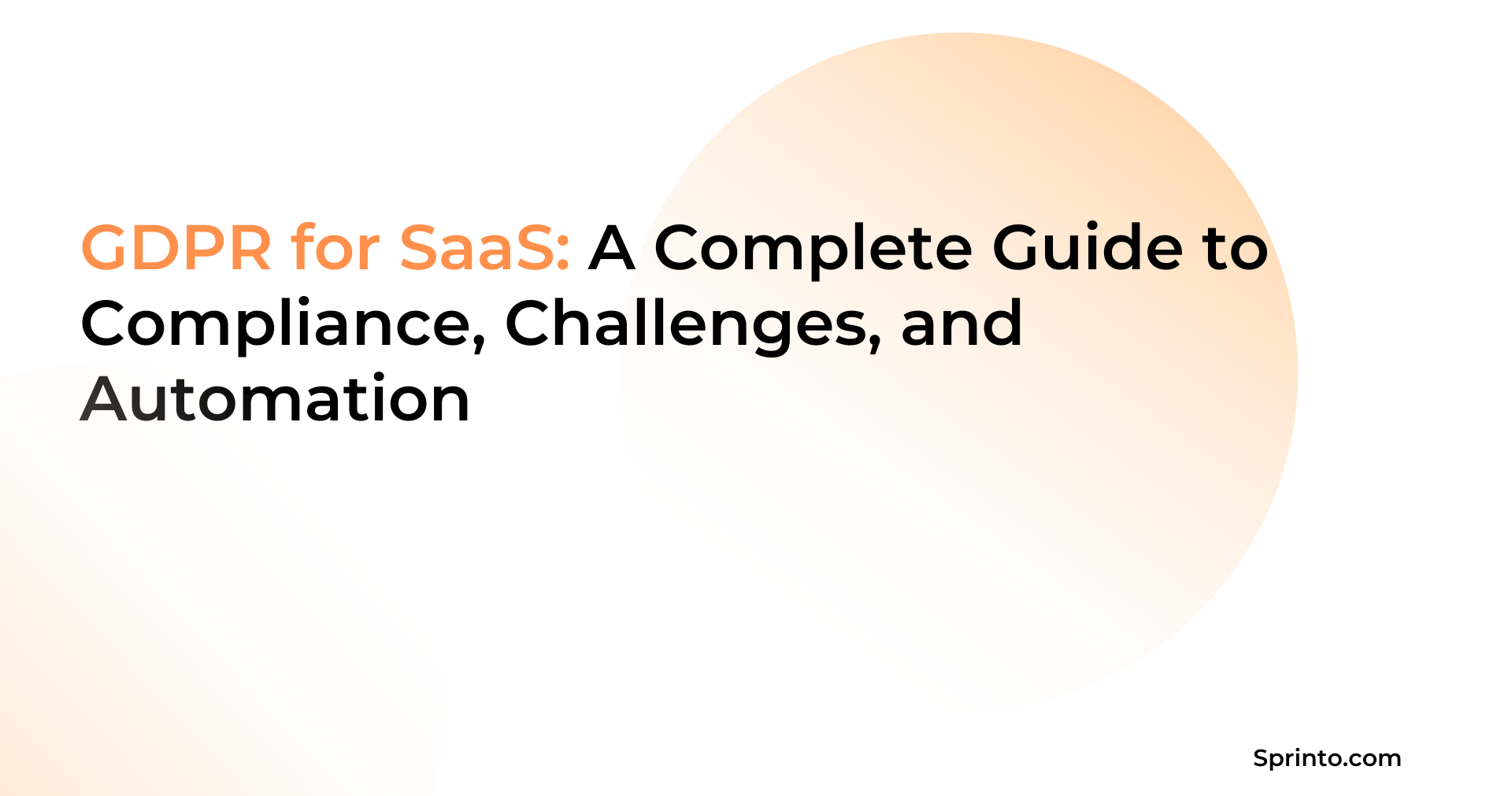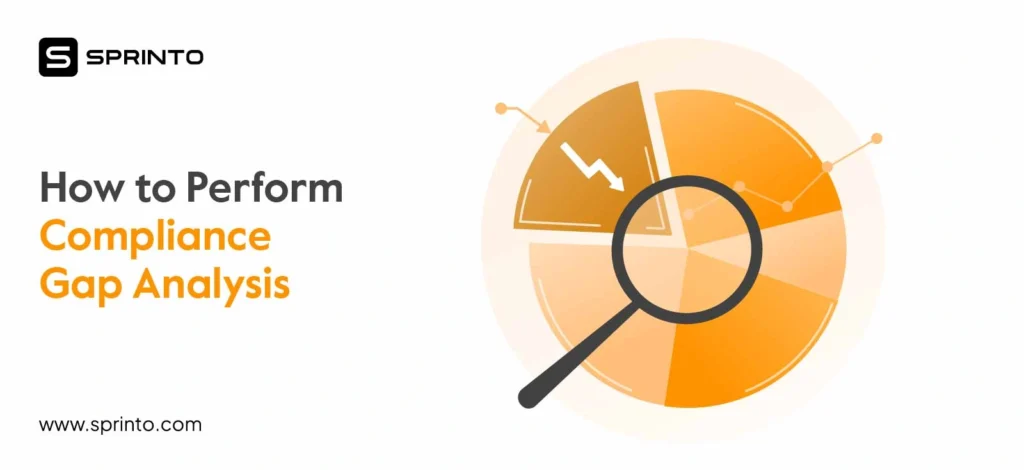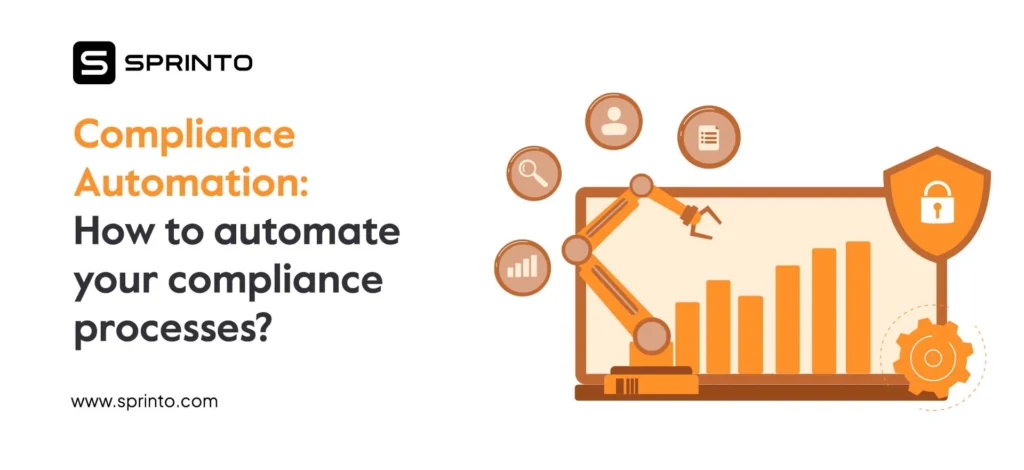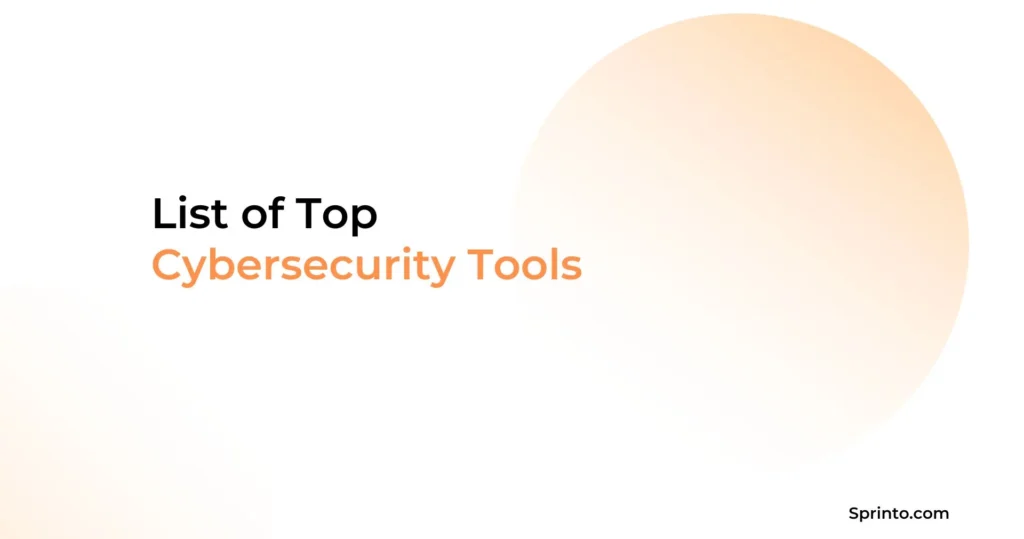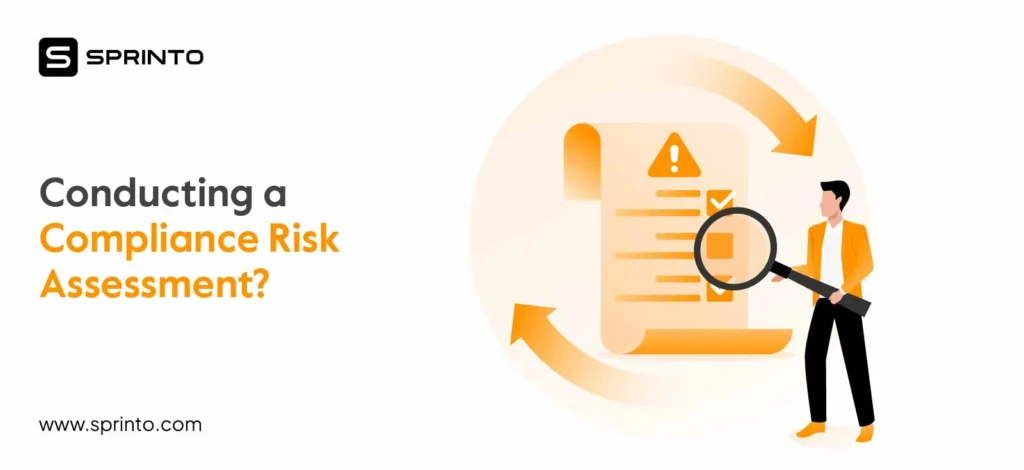If you’re building or scaling a SaaS product that touches EU customer data, GDPR isn’t just another box to tick, it’s a high-stakes, non-negotiable business imperative. And these stakes can be in the form of multi-million euro fines, shattered trust, and compliance roadblocks that can stall growth. Whether you’re a founder racing toward product-market fit, a CTO trying to avoid velocity-killing bottlenecks, or a DPO buried in legalese, navigating GDPR for SaaS can feel like flying blind through a legal storm.
This guide is here to help you. We’ll cut through the confusion and deliver a tactical, no-BS playbook for making your SaaS platform GDPR-compliant—without sinking engineering time, slowing product momentum, or burning your team out. From defining your role as a Data Controller or Processor to hardening your stack and automating the audit trail, this isn’t theory. It’s what works. Let’s get your compliance house in order—fast, clean, and scalable.
What is GDPR?
The General Data Protection Regulation (GDPR) is a robust data privacy law enforced by the European Union (EU) since May 25, 2018. It governs how organizations collect, process, store, and transfer the personal data of individuals located in the EU, regardless of where the organization itself is based.
Designed to strengthen EU data protection, GDPR gives individuals full rights over their personal data. These rights include the ability to access, correct, delete, and restrict how their data is used. GDPR applies to all businesses that handle EU resident data. This includes SaaS companies and digital platforms, regardless of whether they operate from the US, Asia, or elsewhere.
GDPR introduces clear roles for Data Controllers and Data Processors, enforces security by design, and mandates breach notification within 72 hours. Non-compliance can lead to fines of up to €20 million or 4% of global annual revenue, whichever is higher. In this context, gdpr compliance for saas companies becomes a critical operational requirement, not just a legal box to tick.
GDPR Requirements for SaaS companies
SaaS businesses often function as both Data Controllers and Data Processors, which means they are responsible for defining and executing data protection protocols.
Here are the key GDPR requirements every SaaS company must address:
1. Lawful basis for processing
SaaS providers must identify a valid legal basis before collecting or processing any personal data. This could be user consent, performance of a contract, legal obligation, or legitimate interest. Each basis must be documented and justified with clear intent.
2. Data minimization and purpose limitation
SaaS providers must only collect data that is necessary for your stated purpose. You cannot collect extra data “just in case”. Once the original purpose is fulfilled, the data must either be deleted or anonymized unless further consent is obtained.
3. User rights enablement
SaaS companies must support rights such as data access, correction, deletion, restriction, and portability as GDPR gives users control over their personal data. These requests must be fulfilled accurately and within 30 days.
4. Transparent privacy notices
Privacy policies must be comprehensive, yet easy to understand. They should outline what data is collected, why it’s collected, how it’s processed, and with whom it is shared. Make these notices accessible at every relevant point of user interaction.
5. Security by design and default
Data protection must be embedded into the SaaS platform’s infrastructure from the outset. This includes encrypting personal data, enforcing access controls, and regularly testing for vulnerabilities. Protection should be the default state. This approach aligns with best practices for gdpr compliance for saas platform owners managing large volumes of user data.
6. Breach notification obligations
In the event of a data breach, SaaS providers are required to notify EU regulators within 72 hours. If the breach presents a high risk to individuals’ rights, those users must also be informed promptly. A tested incident response plan is crucial.
7. Data Processing Agreements (DPAs)
Every SaaS company must sign legally binding data processing agreements with all sub-processors and vendors. These contracts must clearly outline data handling obligations, security measures, and liability in the event of a breach.
8. International data transfers
Transferring EU personal data to non-EU countries requires additional safeguards. SaaS companies must implement SCCs, BCRs, or rely on EU-approved mechanisms to ensure continued protection of data beyond EU borders. These mechanisms are particularly critical for gdpr for b2b saas providers with global clients.
Sprinto maps your systems, vendors, and controls to GDPR standards—covering everything from data transfers to breach readiness.
👉 See how Sprinto automates GDPR compliance →
Steps to achieve GDPR compliance for SaaS
Here’s a practical, action-oriented checklist to get you there. This section serves as a detailed GDPR checklist for SaaS companies looking to scale securely.
Step 1: Audit all personal data you collect
Start by identifying the personal data you collect (PII, IPs, user behavior, payment information), where you collect it (signup forms, tracking scripts, API payloads), and why you collect it (contractual, legal, or consent-based). This includes backend logs, third-party tools, customer support transcripts, and analytics platforms.
Step 2: Map data flows across your stack
Document how personal data moves across your platform from collection to processing, storage, and sharing. Include flows between internal systems, data processors (like Stripe, HubSpot, AWS), and any cross-border transfers. This is critical for risk mapping and compliance evidence.
Step 3: Assign ownership and accountability
Define whether your company acts as a data controller, data processor, or both. Appoint internal owners for GDPR oversight (ideally a Data Protection Officer or similar role), and make sure roles and responsibilities are clearly documented and understood across teams.
Step 4: Review and update legal policies
Ensure your privacy policy, cookie notice, terms of service, and data processing agreements (DPAs) reflect GDPR terminology and requirements. This includes lawful basis for processing, user rights, processor obligations, and international data transfers.
These are among the most critical steps for operationalizing GDPR SaaS compliance.
Step 5: Enable and operationalize data subject rights
You must provide precise mechanisms for EU users to access, rectify, delete, or port their data. Build automated workflows to log, verify, and respond to requests within the GDPR-mandated 30-day window. This includes both customer data and user behavior data tracked via third-party tools.
Step 6: Harden your security controls
Implement technical and organizational measures such as:
- End-to-end encryption for data at rest and in transit
- Role-Based Access Control (RBAC) and SSO/MFA for internal tools
- Logging and monitoring for all data access events
- Periodic security testing (e.g., vulnerability scans, pentests)
These safeguards must be proportionate to the sensitivity of the data you process.
Step 7: Review and maintain vendor compliance
You’re responsible for your processors’ compliance, too. Ensure DPAs are signed with all third-party vendors handling personal data. Regularly review their security posture, breach history, and data handling policies. Choose vendors with GDPR-specific features (e.g., data residency, audit logs, encryption at source).
Step 8: Build a breach response plan
Under GDPR, you must report data breaches within 72 hours of becoming aware. Create a breach response protocol with roles, detection tools, containment plans, and regulatory reporting templates. Run tabletop exercises to test preparedness.
Sprinto automates everything—from audit trails and vendor assessments to breach reporting—so you stay compliant without the busywork.
👉 Automate your GDPR checklist with Sprinto →
Common GDPR challenges for SaaS companies
GDPR compliance requires integrating data protection into every layer of your SaaS company, from infrastructure to workflows and vendor relationships. As you grow, a range of operational challenges can impact your ability to maintain compliance and prepare for audits. Here are the most common friction points SaaS teams face:
1. Data fragmentation
Modern SaaS companies rely on dozens of third-party platforms, such as CRMs, analytics tools, customer support systems, billing engines, and marketing platforms. Personal data often moves across these systems in ways that are difficult to trace or consolidate. Without centralized visibility, responding to data subject requests or demonstrating compliance with confidence is nearly impossible.
2. Third-party vendor and sub-processor risk
Under GDPR, you’re accountable not just for your internal data practices but also for those of your sub-processors. If your cloud host, marketing automation tool, or customer success platform mishandles data, you’re still liable. Managing these risks requires due diligence, signed DPAs, and periodic reviews, yet most companies lack a structured process to do this at scale.
3. Evolving access control complexity
Distributed teams, contractors, and multiple environments (dev, staging, production) make enforcing least-privilege access a constant battle. Employees often have more access than necessary, and it’s easy to lose track of who can see what. Without continuous access audits, you risk violating GDPR’s data minimization and security principles.
4. Lack of ongoing monitoring and governance
Many SaaS companies handle initial setup (policies, consent, DPAs) but fail to implement real-time controls, alerts, or audit trails. Without continuous monitoring, you can’t detect drift, validate compliance over time, or confidently pass external audits.
Tools and best practices for GDPR compliance
GDPR compliance isn’t just a legal effort—it’s a cross-functional, operational system that requires the right tooling and processes to scale. Here’s how to stay compliant without slowing down:
1. Implement tiered access controls and audit logging
Use Role-Based Access Control (RBAC) to enforce least-privilege access across systems, especially for sensitive or production data. Combine this with robust audit trails that log every access or change. These logs are your first line of defense in investigations and your best ally during audits.
2. Run regular risk assessments
GDPR requires that your compliance program reflects real-world risk. Conduct regular risk assessments to identify weak points in data handling, vendor management, and security posture. Use the output to prioritize remediations and demonstrate a risk-based approach in case of regulatory scrutiny.
3. Automate evidence collection
Collecting screenshots, logs, and activity proofs manually is not sustainable. Use tools that automatically collect, timestamp, and organize evidence in formats auditors accept. This not only saves time but ensures traceability when responding to DSARs or demonstrating control effectiveness.
4. Train your teams continuously
Compliance isn’t just a legal responsibility. Developers, marketers, sales teams, and support staff all interact with personal data. Run ongoing GDPR training that’s contextualized by role and framework. This reduces internal risk and ensures security culture is embedded and not bolted on.
Expedite GDPR compliance with Sprinto
Throughout this guide, we’ve unpacked the common challenges SaaS teams face, the critical steps to achieve compliance, and the tools and practices that actually work.
If your goal is to move fast without falling behind on privacy obligations, manual methods won’t cut it. You need systems that scale with your product and evolve with the regulation.
That’s where Sprinto comes in.
Sprinto is a compliance automation platform purpose-built for modern SaaS. It helps you implement, monitor, and maintain GDPR compliance without the overhead of stitching together multiple tools or chasing inputs across teams.
Here’s how Sprinto makes GDPR compliance effortless and audit-ready:
- Continuous monitoring: Sprinto tracks 24/7 compliance across systems, data, and entities through 300+ native integrations.
- Context-aware controls: It intelligently maps people, infrastructure, and applications to relevant GDPR controls.
- Risk-first design: Built to prioritize real risk mitigation over box-checking.
- Effortless evidence collection: Automatically collects evidence by gathering logs, screenshots, and audit trails in formats auditors approve.
- Tiered escalations: Get proactive alerts before compliance drift becomes a problem.
- Faster, frictionless audits: Sprinto centralizes auditor-grade evidence in a single dashboard, streamlining reviews and accelerating audit completion.
Whether you’re prepping for your first GDPR audit or scaling your compliance program across markets and teams, Sprinto gives you the infrastructure to do it right and that too without slowing down.
Ready to see how Sprinto simplifies GDPR compliance for SaaS?
Speak to our compliance experts today.
FAQs
Yes. If your product touches EU personal data (e.g., customers from Europe sign up), you must comply with GDPR.
Fines can go up to €20 million or 4% of global annual revenue, whichever is higher.
Use GDPR principles:
1. Get clear consent
2. Minimize data
3. Store securely
4. Document processing
5. Enable user rights
Bhavyadeep Sinh Rathod
Bhavyadeep Sinh Rathod is a Senior Content Writer at Sprinto. He has over 7 years of experience creating compelling content across technology, automation, and compliance sectors. Known for his ability to simplify complex compliance and technical concepts while maintaining accuracy, he brings a unique blend of deep industry knowledge and engaging storytelling that resonates with both technical and business audiences. Outside of work, he’s passionate about geopolitics, philosophy, stand-up comedy, chess, and quizzing.
Explore more
research & insights curated to help you earn a seat at the table.



